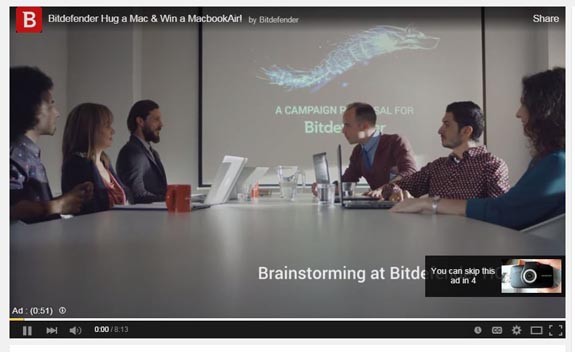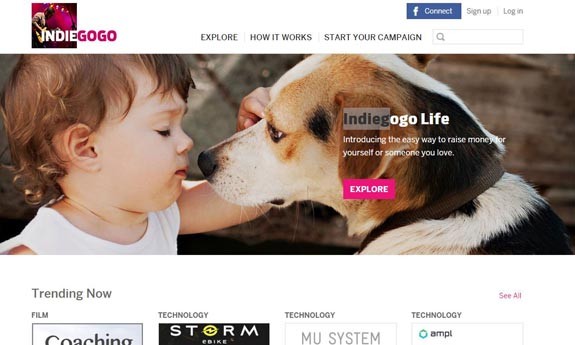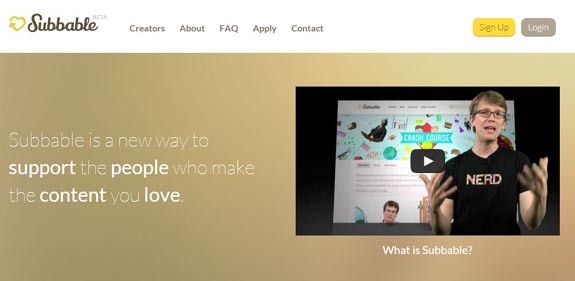When you look at “personal” blogs like John Chow dot Com and Beyond the Rhetoric, just as you may look to larger commercial blogs like Gizmodo or Autoblog, you’ll find that there are countless opportunities and avenues for monetization. You’ve got AdSense, sponsored content, private banner ads, affiliate marketing, product placements and so much more.
In the context of YouTube videos, because you are bound by the inherent restrictions of Google’s platform, it can appear like your options aren’t nearly as vast or diverse. There is some truth to that, but that doesn’t mean you can’t explore some of other monetization options on the table for your video content, above and beyond embedding these videos on your blog.
When you have a large enough channel with a consistent following, you may be approached by a variety of private ad networks. That’s not what today’s post is about. Instead, we’re looking at six ways for you to make some extra money on YouTube that’s far more under your control.
AdSense Monetization

Let’s start with the easiest and most obvious. Everything in Google works best together so when you enable monetization on your YouTube channel, you get a piece of the pie when YouTube runs a pre-roll ad video (like shown above), as well as when banner ads are displayed in your video too. You just have to remember to activate monetization for the videos where you want this enabled.
One fair warning: videos where you have enabled monetization are monitored far more stringently for copyright claims. If you are displaying any software or using any licensed music, you may want to proceed with extra caution.
YouTube Fan Funding “Tip Jar”
One of the newer features to be added to YouTube is something they call Fan Funding. As of this writing, the feature is only available to YouTube partners in Australia, Japan, Mexico and the United States. The idea here is that you can add a “tip jar” to your YouTube channel page, as well as in individual videos in the form similar to an annotation. These “donations” can be anywhere from $1 to $500 and they get funneled into your Google Wallet account. There are some specific rules and restrictions, so you’ll want to read the documentation carefully.
Kickstarter and Indiegogo

If you have a specific project in mind, crowdfunding some of your money can be a good option. The two biggest names in this arena are Kickstarter and Indiegogo. The upside is that you can access a sizable community of fans who are willing to open their wallets to the right causes and projects. The downside is that you only get the money if you reach your funding goal and the crowdfunding site will take a significant cut.
The other issue is that both Kickstarter and Indiegogo are designed in such a way that you get a one-time payment. As such, neither is going to be reliable source of ongoing revenue for you. Instead, they represent a good way to “kick start” your YouTube channel or project so that you can further develop other revenue streams moving forward.
Subbable and Patreon

Rather than accepting the one-time fan-supported payment of Kickstarter or Indiegogo, you can effectively earn ongoing financial support from subscribers via services like Subbable and Patreon. The way it works is that your fans, on a completely optional and voluntary basis, pledge to give you a set amount of money every month.
In exchange, you can reward subscribers with something, like a free “mention” in one of your videos. In this way, the rewards are similar to Kickstarter, but more on an ongoing basis. Both of these networks have some significant requirements before you can qualify for an account with them, so read up, build your viewership, and make more money.
What’s your favorite or most lucrative way to make money with YouTube videos? Direct advertising? Private ad networks? Fan support? Indirect sales of other products?
